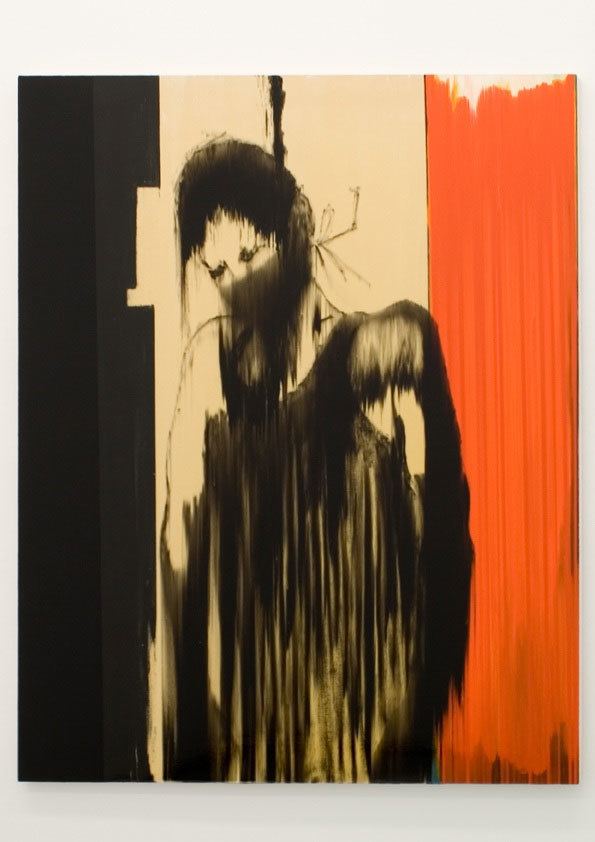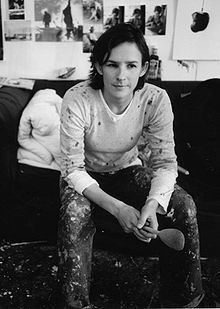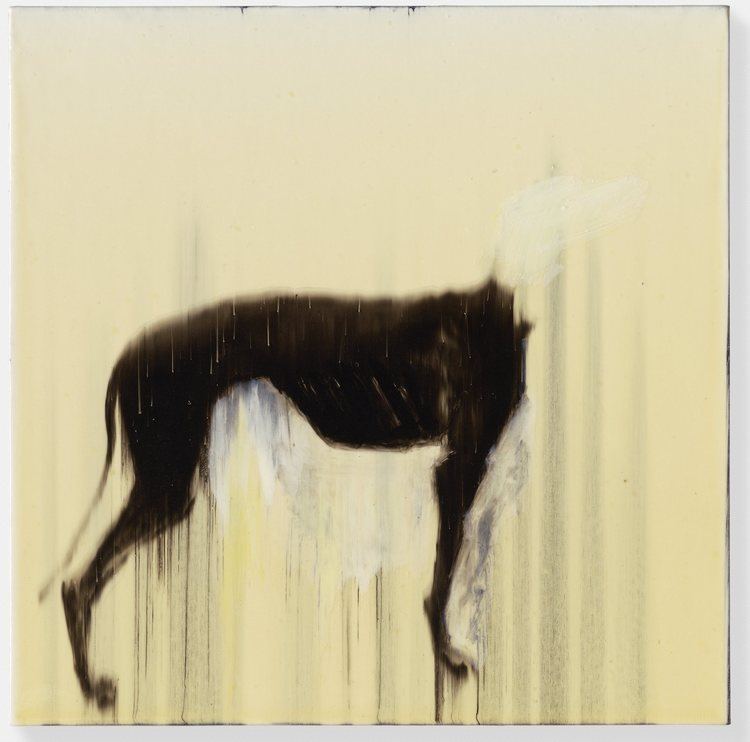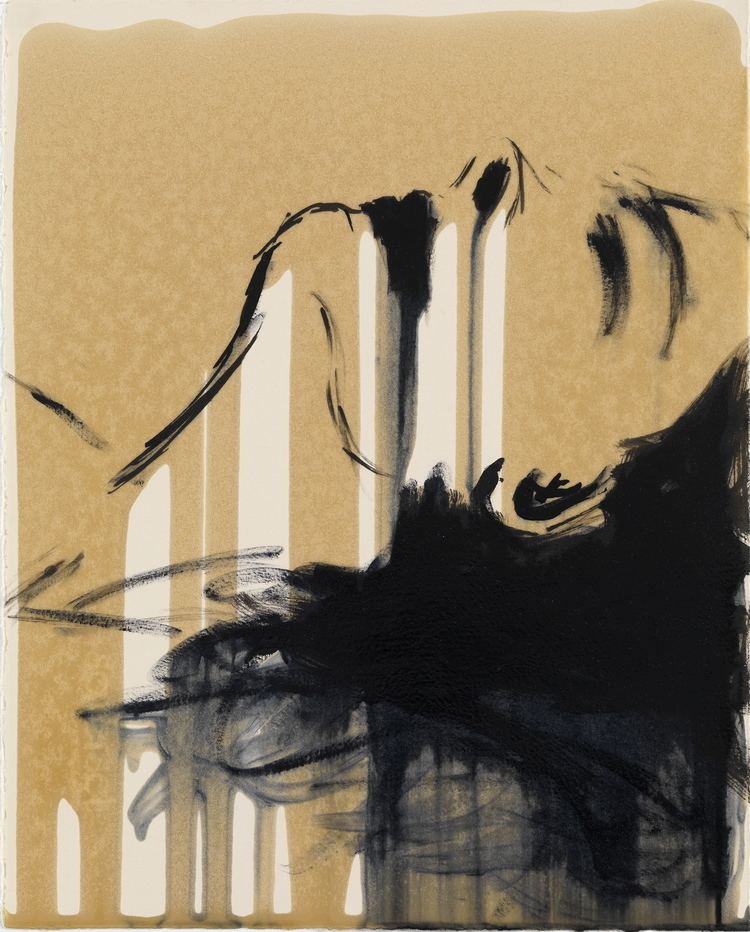Nationality British Period Contemporary art | Role Artist Name Rachel Howard | |
 | ||
Education Goldsmiths, University of London Artwork London painting (Battersea Bridge), Firstling | ||
Rachel howard artist ver 1 northern echo blain southern hanover square oxford circus letsviewitnow
Rachel Howard (born 1969) is a British artist.
Contents
- Rachel howard artist ver 1 northern echo blain southern hanover square oxford circus letsviewitnow
- Rachel howard artist ver 2 northern echo blain southern hanover square oxford circus letsviewitnow
- Early life and career
- The Work
- Sin Paintings
- Suicide Paintings
- Via Dolorosa
- Selected Solo Exhibitions
- Collections
- References
Rachel howard artist ver 2 northern echo blain southern hanover square oxford circus letsviewitnow
Early life and career
Rachel Howard grew up on a farm in Easington, County Durham. She attended a Quaker school from the age of sixteen, and the stories, concerns and questions raised by religion have had a profound effect on her work throughout her career.

Howard graduated from Goldsmiths College, London, in 1991

She was awarded the Princes Trust Award in 1992 to support her art practice and received the British Council Award in 2008 and in 2004 was shortlisted for the Jerwood Drawing Prize.

In 2008 Howard designed the front cover for The Big Issue.
Howard is represented by BlainSouthern in the UK and Galería Sala Pelaires, Spain.
The Work
While Howard more recently employs oil paint, from 1995 - 2008 she primarily used household paint
"The fluidity of the paint is so gorgeous I felt like I wanted to conquer it and control it."
Howard allows the paint to separate inside its can so that the pigment and varnish can be used in isolation. The pigment is applied to the edge of the canvas, then diluted and manipulated through the addition of the varnish. Gravity’s pull then draws the paint down the canvas.
“The first thing that strikes you about [Howard’s] pictures, [is] this seamless downpour of paint: a vertical torrent that seems to advance from one painting to another, sometimes fading out before it reaches the bottom of the canvas, only to fall unbidden from the upper edge of another."
“Howard’s paintings are built architecturally. The terms she uses are those of the builder: construction, reconstruction, building, layering and assembling. Gravity is her brush. Layers of paint accrue built by dripped pathways of paint."
Sin Paintings
Howard’s ‘’Sin Paintings’’ comprise seven monumental canvases, each painted in a range of intensely saturated reds, offset by the use of bright yellow and orange. The paintings were exhibited in a solo exhibition entitled ‘‘Guilty’’, at the Bohen Foundation, New York in 2003. The paintings have a glossy, mirror-shine surface, through which a simple cruciform shape emerges. They do differ from one another; ‘‘Pride’’ is an offering of brilliant red down-strokes, with a cross discernible in its centre; the reds of ‘’Envy’’ are more individuated, with yellows breaking through here and there, and the cross far less readable; the hues of ‘’Anger’’ are in a darker, more brooding range.
Although the religious element seems obvious within these works, and the series certainly engages with issues relating to religion or morality, Howard herself has confessed that the title ‘Guilty’ in part refers to the guilty pleasure of painting.
Suicide Paintings
Howard’s ‘’Suicide Paintings’’ were first shown at the Bohen Foundation in New york, 2007, and were later exhibited at Haunch of Venison, London, 2008 The series evolved after an acquaintance of Howard’s committed suicide. He was discovered, not in the imagined drama, ‘swinging from the rafters’, but kneeling in a pose almost of prayer. It was this particular detail that Howard found most disturbing, and which led her to create the series, coupled with the fact that for her, suicide is one of the last taboos. The source material for the paintings came from trawling through forensic magazines and internet sites for pictures of suicides. These were then abstracted from their contexts within Howard’s rapidly executed line drawings, forming the basis of the paintings.
The series ultimately offers an investigation into the aesthetics of suicide. Possible instruments of death are depicted – a pair of scissors, a ladder, as well as the symbolic, lone ‘‘Black Dog’’. Then there are the faceless figures; many hang from ropes, while the body of a woman lying across a bed recalls the psychosexual claustrophobia of Walter Sickert.
“Howard’s figures are on the verge of disappearing completely, dangerously close to ceasing to exist even as an image, slipping away from the canvas’s representation: all that remains is the macabre trace of a body, almost as immaterial as a shadow cast upon an empty room."
Sue Hubbard wrote of the series in The Independent:
“The creation of these ambitious canvases is a psychological and physical battle, which demonstrates that there is still a role for emotionally articulate art that has something important to say about the poignancy and tragedy of the human condition."
Via Dolorosa
Between 2005-2009 Howard worked on her first commission, titled "Repetition is Truth - Via Dolorosa". Via Dolorosa, Latin for ‘Way of Suffering’, is the name of a street within the Old City of Jerusalem, believed to be the path that Jesus walked, bearing the cross, towards his crucifixion. It is also another name for the fourteen Stations of the Cross, which depict these final hours of his life – The Passion.
While Howard’s fourteen paintings reference The Passion, the creation of the series was in fact provoked by one of the most shocking photographs to emerge from the Abu Ghraib prison in Iraq. Detainees routinely endured torture and humiliation at the hands of American military personnel, as exposed through the media. The particular image was of a prisoner standing on a box, hooded and wired with electrodes; thus the box becomes the modern day equivalent of the Cross – a tool of humiliation and torment. Thus, the paintings offer a broader commentary on the universality of human rights abuses and people’s capability for cruelty towards each other. A publication accompanies the work with texts by art historian and curator Joachim Pissarro and Shami Chakrabarti.
Joachim Pissarro has described the series as “sublime”, in accordance with Immanuel Kant's Critique of Judgement:
“The sublime is to be found in an object even devoid of form, so far as it immediately involves, or else by its presence, provokes, a representation of limitlessness, yet with a super-added thought of its totality."
It is this idea of limitlessness that Howard seeks to engage with, the belief that human suffering is never-ending, hence the name of the work – Repetition is Truth.
“One enters a room with fourteen Stations of the Cross by Rachel Howard – her Via Dolorosa. Monumental, quiet, graceful, discrete, luscious, restrained and yet, at the same time, forceful, masterful, deafening – these paintings yield more layers of emotions than one can absorb all at once."
